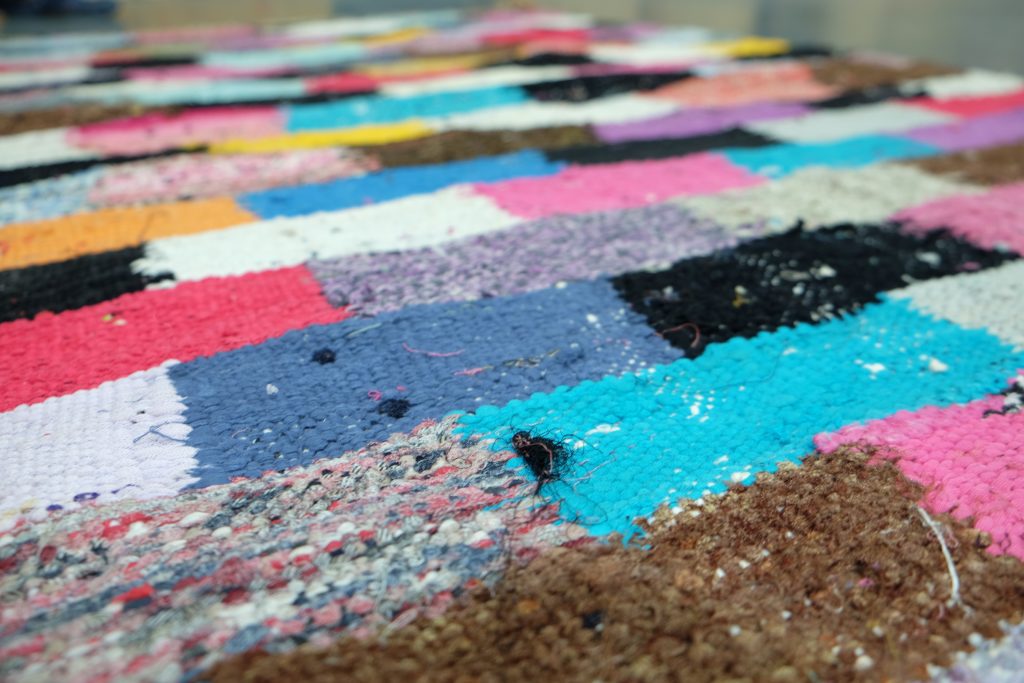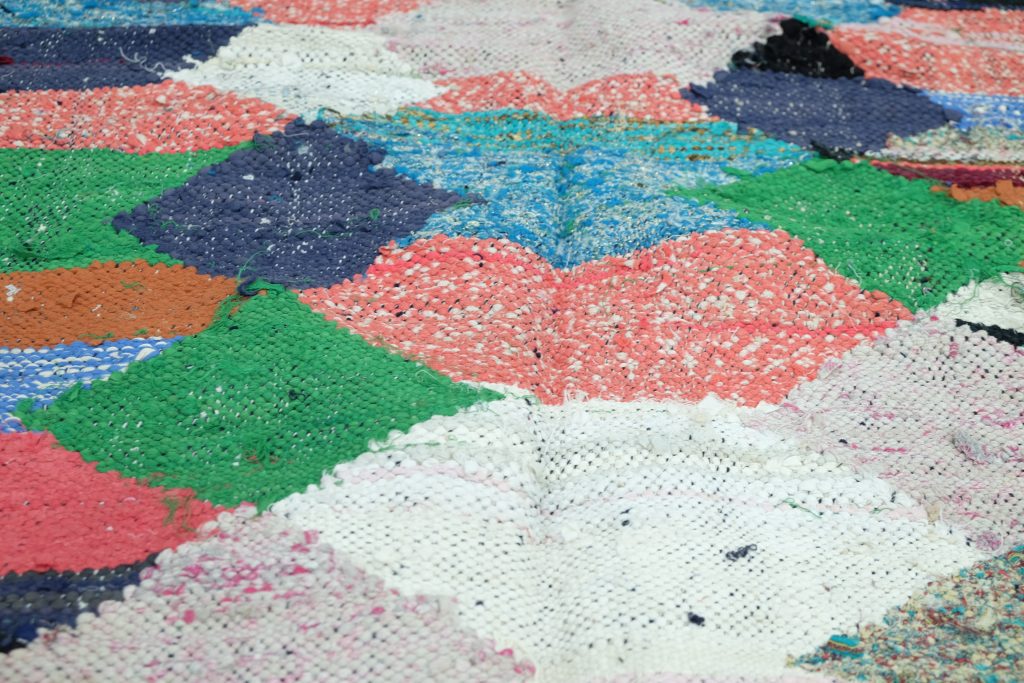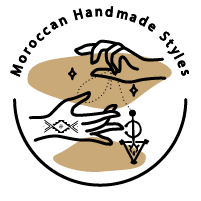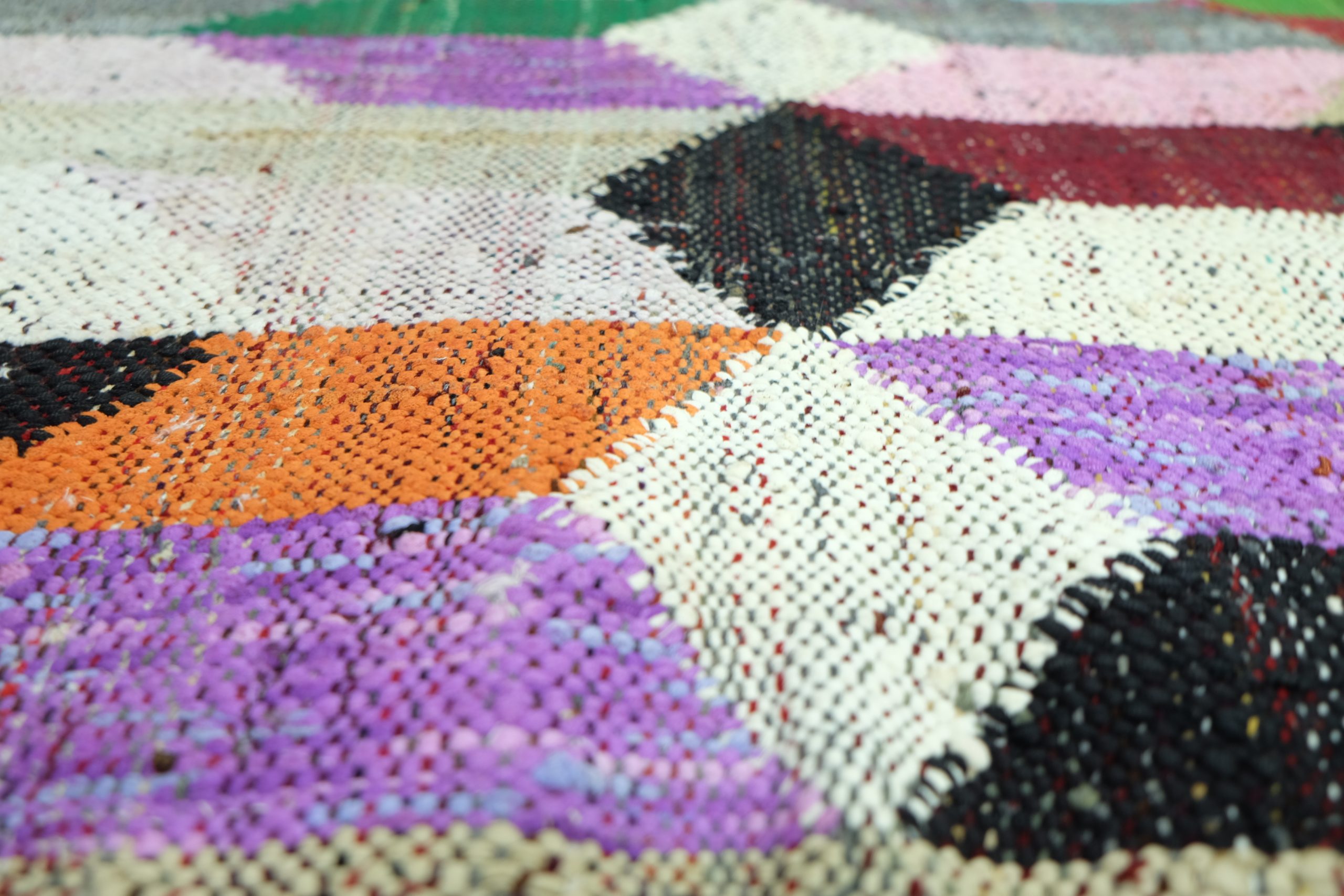Here’s a Scrabble game-ender for you: “boucherouite.” The 12-letter tongue-twister is a very real word in the dictionary (it’s pronounced boo-shay-reet). In fact, it’s the word that describes the crazy-colorful Moroccan rugs we are obsessing over these days. “Boucherouite rugs, or ‘Boucherwit’ in Arabic, are the most recent Moroccan rugs to be commercialized—their popularity rose in the ’90s,” explains Stephanie Hebert, founder of online shop Baba Souk, where she sells a rainbow of such rugs, plus a bunch of other cool finds. “At first, they were not intended to be sold as they were mostly used by the Berbers themselves in their own homes, as modest domestic carpets. Some called them ‘rag rugs’ as they are made of various recycled pre-used clothing or textile scraps.”

Lucky for us, they’re much more attainable today, not only in Moroccan souks but all over the internet—especially on Instagram. (We recommend following #boucherouite.) It’s not surprising, considering we’re naturally drawn to the stuff that sticks out in our feeds—and boucherouite rugs do that without trying. They’re a maximalist’s dream: Every color under the sun woven into a weird, abstract pattern on a satisfyingly shaggy surface. According to Stephanie, “one Boucherouite rug can be made with many different types of recycled textiles such as wool, cotton, synthetic fibers, Lurex, and nylon. This is what creates their amazing blends of textures and colors.” Some will look tufted, others more rag-like, depending on how the materials are trimmed.

If these rugs seem scarily loud to you, your home is probably on the simple, neutral side, and guess what? That is actually where Moroccan boucherouite rugs thrive. They make sure a room doesn’t take itself too seriously, and offer a slice of cozy texture to boot. You can’t argue with that.

